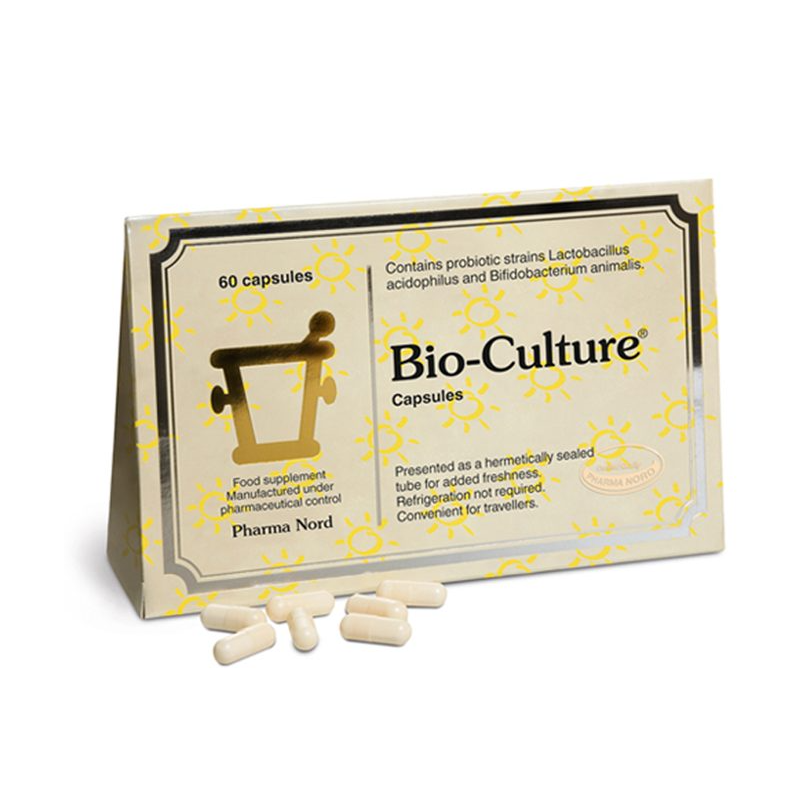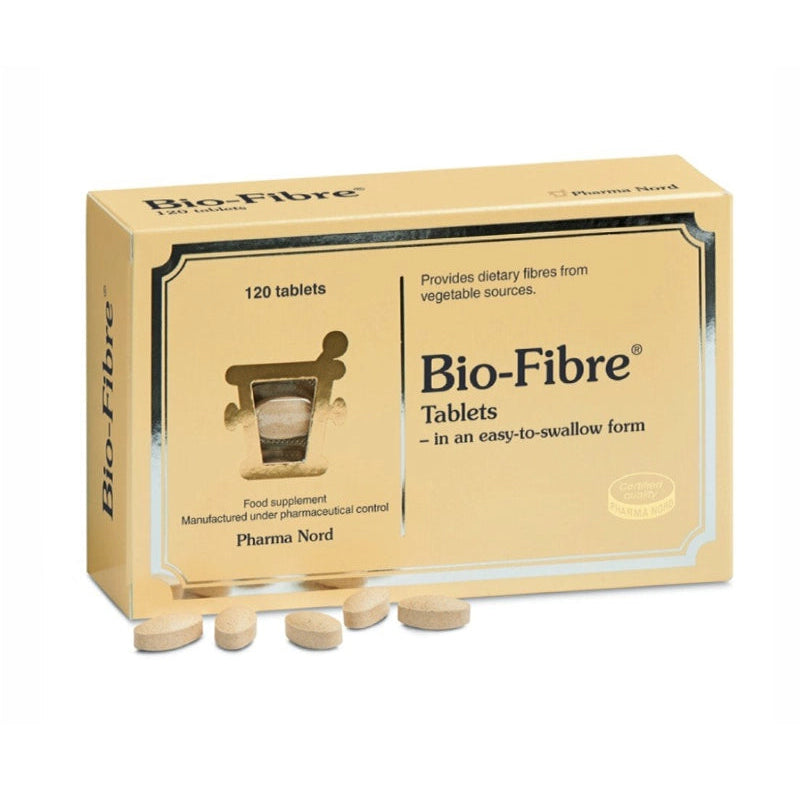World Food Day falls this week on the 16th October. It is a timely moment to focus on everyday choices that support gut health. Fibre is one of the simplest and most effective ways to nourish your microbiome and keep things moving comfortably.
In this guide we explain how fibre works, what to eat, and how supplements like Bio-Fibre, Bio-Culture, and OxyTech may help you reach your daily goals. All advice is general and supports, not replaces, medical care.
What is fibre and why it matters
Fibre is the part of plant foods your body cannot fully digest. It adds bulk to the stool, supports regularity, and contributes to healthy cholesterol and blood sugar levels. Fibre also feeds beneficial gut bacteria, which in turn produce short-chain fatty acids that help maintain a healthy gut lining.
Most adults in the UK fall short of the recommended 30 g of fibre per day. Bridging that gap can be as simple as including fibre-rich foods at each meal.
Types of fibre and how they work
Soluble fibre dissolves in water to form a gel. It helps slow digestion, supports normal cholesterol levels, and can make stools softer and easier to pass.
Insoluble fibre does not dissolve in water. It adds bulk and helps move food through the digestive tract, supporting regular bowel movements.
Some fibres are prebiotic. They are fermented by gut bacteria and help beneficial species thrive. A balanced mix of fibres can support a more diverse microbiome.
Signs you may need more fibre
You may benefit from increasing fibre if you notice infrequent bowel movements, hard stools, or a feeling of incomplete emptying. Other signs include energy dips after meals or a low fruit, vegetable, and wholegrain intake.
Increase fibre gradually and hydrate well to stay comfortable.
Food-first strategies and meal ideas
Aim for 30 g of fibre per day. A typical day might include:
-
Breakfast: porridge oats with chia seeds and berries.
-
Lunch: wholegrain wrap with hummus, roast vegetables, and leafy greens.
-
Snack: fruit with a small handful of nuts.
-
Dinner: lentil and vegetable stew with a side of steamed broccoli.
Small swaps add up. Choose wholemeal over white, add beans to soups, and include an extra portion of veg at dinner.
Supportive supplements: Bio-Fibre, Bio-Culture, OxyTech
Food comes first. Supplements can help close the gap on busier days or during routine changes.
Bio-Fibre
An easy way to increase daily fibre intake. Helps support regularity and contributes to a feeling of fullness when taken with water. Start low and build as tolerated. Always drink adequate fluids.
Bio-Culture
A multi-strain live bacteria formula that contributes to a balanced gut microbiome. Pairing fibre with friendly bacteria may help maintain digestive comfort and everyday resilience.
OxyTech
An oxygen-magnesium complex that supports comfortable, regular bowel movements. Some people use it short term to help establish routine while they increase dietary fibre.
Fibre vs conventional laxative approaches
Lifestyle and fibre are often the first steps for occasional irregularity. Osmotic or stimulant laxatives may be recommended for short-term use by a pharmacist or GP. Fibre and supportive supplements focus on day-to-day maintenance and habit building, while medicines are used for targeted relief under professional guidance.
When to seek medical advice / Safety
Speak to a GP or pharmacist if you have persistent constipation, new or severe abdominal pain, blood in the stool, unexplained weight loss, fever, or symptoms lasting longer than 3 weeks.
Increase fibre gradually and drink plenty of water. Food supplements should not replace a varied diet and healthy lifestyle. If you are pregnant, breastfeeding, have a medical condition, or take medication, consult a healthcare professional before use. If you have a history of bowel surgery, inflammatory bowel disease flare, or bowel obstruction, seek medical advice before increasing fibre or using supplements.
Case note (illustrative)
Amira increased her daily fibre from 12 g to around 28 g by adding oats, beans, and vegetables, and used Bio-Fibre with water in the afternoon. She paired this with Bio-Culture and set a regular “after breakfast” bathroom routine. Within two weeks she reported more comfortable regularity. This is an example and individual responses vary.
Key takeaways
-
Fibre feeds beneficial gut bacteria and supports regularity, cholesterol, and blood sugar control.
-
Aim for 30 g per day using wholegrains, legumes, nuts, seeds, fruit, and vegetables.
-
Increase fibre gradually and hydrate well to stay comfortable.
-
Bio-Fibre, Bio-Culture, and OxyTech can complement a food-first approach.
-
Seek medical advice for persistent or severe symptoms.
References
1. NHS. How to get more fibre in your diet.
2. British Nutrition Foundation. Dietary fibre and health.
3. Public Health England. The Eatwell Guide and fibre recommendations.
4. EFSA. Scientific opinion on dietary reference values for carbohydrates and dietary fibre.
5. ISAPP consensus statements on prebiotics and gut microbiota.
6. NICE guidance on constipation in adults and children.




